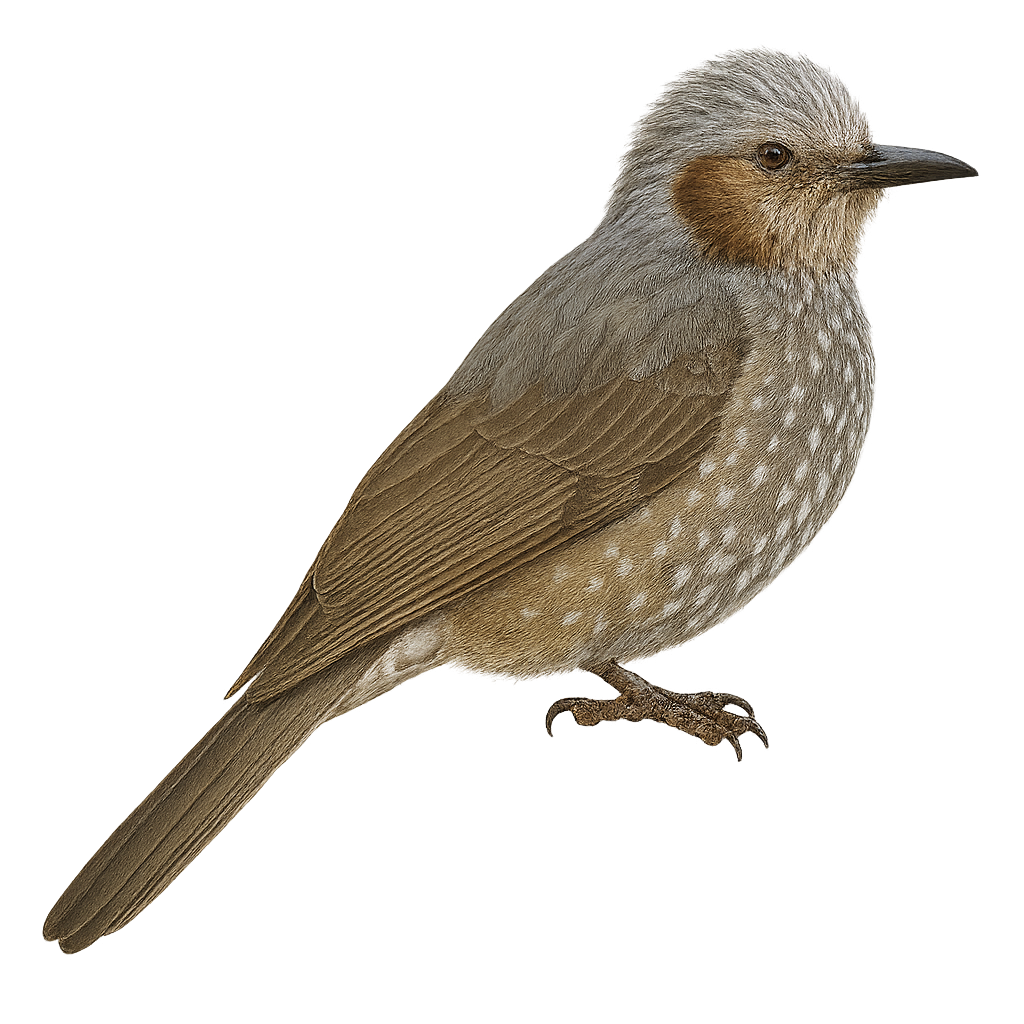Your wildlife photography guide.
Explore the brown-eared bulbul in detail, study its behavior, prepare your shots.
Where to observe and photograph the brown-eared bulbul in the wild
Learn where and when to spot the brown-eared bulbul in the wild, how to identify the species based on distinctive features, and what natural environments it inhabits. The WildlifePhotographer app offers tailored photography tips that reflect the brown-eared bulbul’s behavior, helping you capture better wildlife images. Explore the full species profile for key information including description, habitat, active periods, and approach techniques.
Brown-eared Bulbul
Scientific name: Hypsipetes amaurotis

IUCN Status: Least Concern
Family: PYCNONOTIDAE
Group: Birds
Sensitivity to human approach: Suspicious
Minimum approach distance: 10 m
Courtship display: April to June
Incubation: 12-14 jours
Hatchings: April to July
Habitat:
Forests, wooded areas, gardens
Activity period :
Primarily active during the day, with peak activity in the morning and late afternoon.
Identification and description:
The Brown-eared Bulbul, or Hypsipetes amaurotis, is a medium-sized bird known for its brownish ear patches and grayish plumage. It is primarily found in the forests and wooded areas of Japan, Korea, and parts of China. This bird is known for its melodious and varied song, often heard at dawn. Although relatively common in its natural habitat, it can be difficult to spot due to its wary behavior. The Brown-eared Bulbul primarily feeds on fruits, nectar, and insects, playing an important role in pollination and seed dispersal.
Recommended lens:
400 mm – adjust based on distance, desired framing (portrait or habitat), and approach conditions.
Photography tips:
To photograph the Brown-eared Bulbul, it is advisable to use a telephoto lens of at least 400mm to capture detailed images without disturbing the bird. Look for areas where bulbuls are active, such as forests or gardens, and be patient. Listen for their distinctive song to locate their position. Morning or afternoon light is ideal for well-lit photos. Use a tripod to stabilize your camera and adjust ISO and aperture settings to compensate for light variations under the forest canopy.
The WildlifePhotographer App is coming soon!
Be the first to explore the best nature spots, track rutting seasons, log your observations, and observe more wildlife.
Already 1 431 wildlife lovers subscribed worldwide

